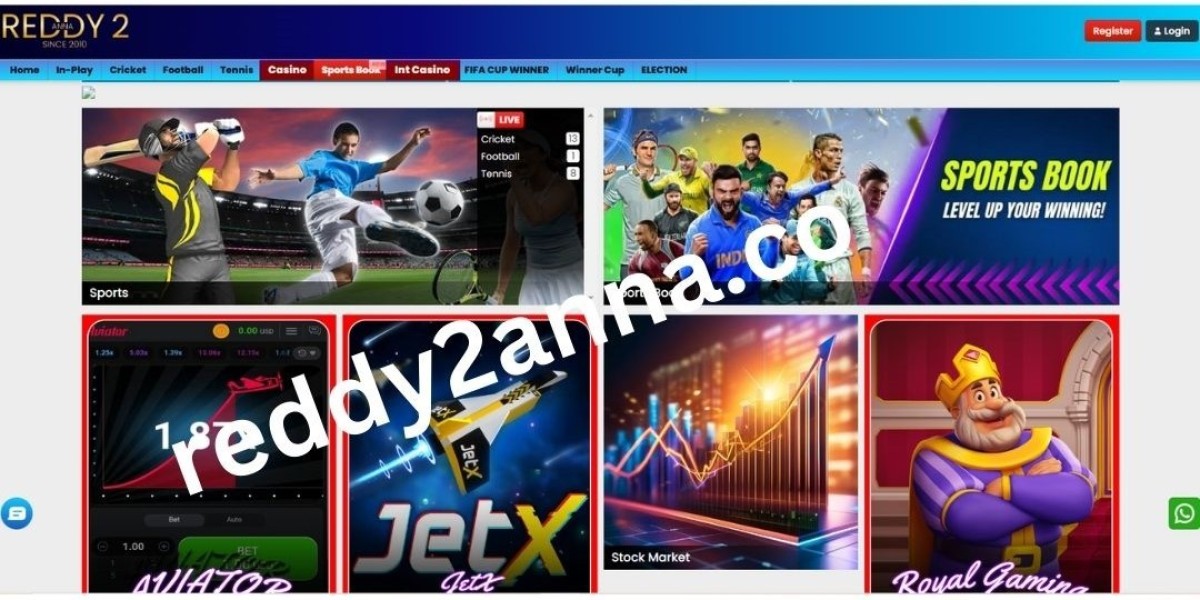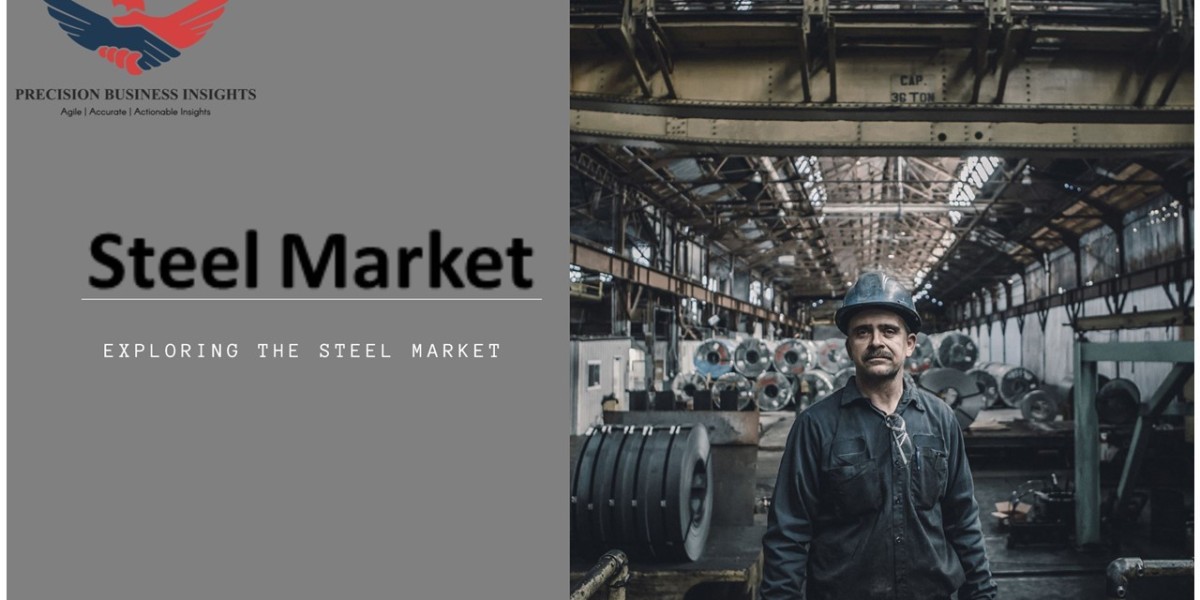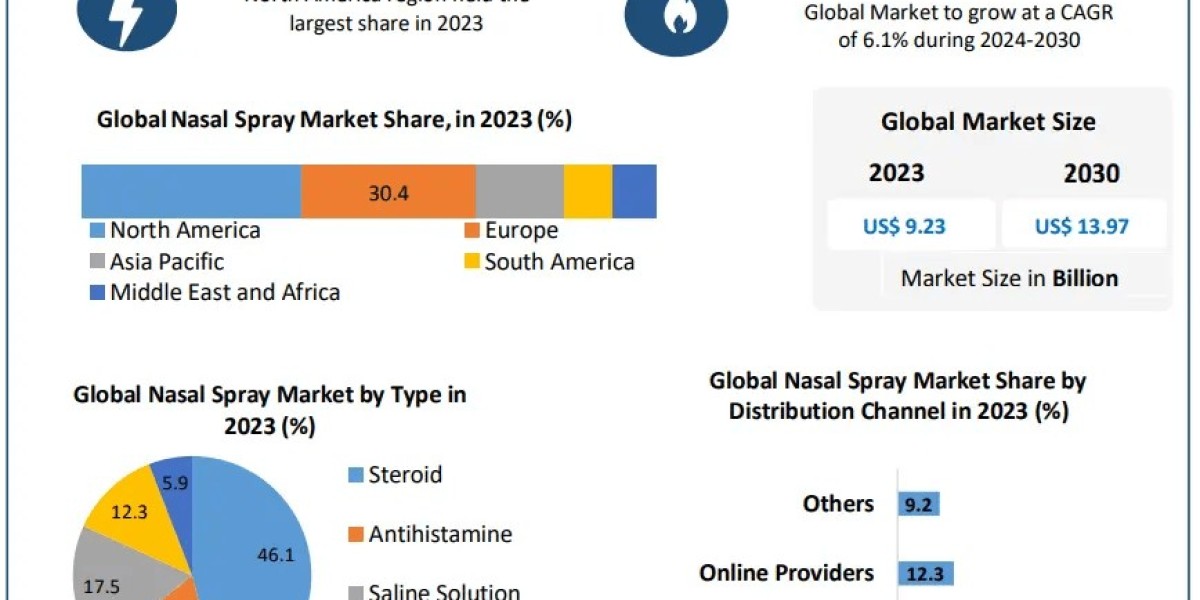The Direct Reduced Iron market has been gaining traction in the global steel industry due to its role as a cleaner and more efficient alternative to traditional ironmaking methods. DRI, also known as sponge iron, is produced by reducing iron ore in its solid state using a reducing gas or direct carbon, without melting the ore. This method offers several advantages, including lower carbon emissions and energy consumption compared to conventional blast furnace processes. As the world shifts towards more sustainable industrial practices, the DRI market is poised for significant growth.
irect Reduced Iron Market Overview
The Direct Reduced Iron (DRI) market was valued at approximately USD 38.93 billion in 2022. It is projected to expand from USD 41.51 billion in 2023 to USD 74.04 billion by 2032, reflecting a compound annual growth rate (CAGR) of 6.64% during the forecast period from 2024 to 2032.
Key Drivers of the DRI Market
Several factors are propelling the growth of the DRI market. Firstly, the increasing demand for steel driven by infrastructure development, automotive manufacturing, and construction is boosting the need for DRI as a key raw material. DRI is particularly favored for its ability to produce high-quality steel with fewer impurities, which is crucial for applications requiring precise material properties.
Secondly, the push for environmental sustainability is a major driver. Traditional blast furnace methods are carbon-intensive and contribute significantly to greenhouse gas emissions. In contrast, DRI production, especially when paired with renewable energy sources, offers a more eco-friendly alternative. The steel industry’s commitment to reducing its carbon footprint is leading to greater adoption of Direct Reduced Iron technology.
Regional Insights and Market Trends
Geographically, the DRI market is experiencing varied growth patterns. In regions like the Middle East and North Africa (MENA), where natural gas is abundant and relatively inexpensive, DRI production has been particularly robust. Countries such as Iran, Saudi Arabia, and Egypt have developed significant DRI production capacities, capitalizing on their low-cost energy resources.
In contrast, regions with less access to cheap natural gas, such as parts of Europe and North America, are investing in technologies that enhance the efficiency and environmental performance of DRI production. For instance, some European countries are exploring hydrogen-based DRI technologies to further reduce carbon emissions.
Another trend is the integration of DRI into electric arc furnace (EAF) steelmaking. EAFs, which use electricity to melt scrap steel and DRI, are becoming more popular due to their lower environmental impact compared to traditional blast furnaces. The combination of DRI with EAF technology enhances the overall efficiency and sustainability of steel production.
Download Report Sample Copy With Toc Direct Reduced Iron Market Report
Challenges and Future Outlook
Despite its advantages, the DRI market faces challenges that could impact its growth. One significant challenge is the volatility of natural gas prices, which can affect the cost competitiveness of DRI production. Additionally, the initial capital investment for setting up DRI plants can be substantial, posing a barrier for smaller players in the market.
However, technological advancements and government policies supporting green steel initiatives are expected to mitigate these challenges. Innovations in DRI production technology and increasing investments in renewable energy are likely to drive down costs and improve the economic viability of DRI.
Looking ahead, the DRI market is expected to continue its growth trajectory, driven by the global steel industry's push towards sustainability and efficiency. As the industry adapts to evolving environmental regulations and market demands, DRI is set to play a pivotal role in the future of steelmaking.








